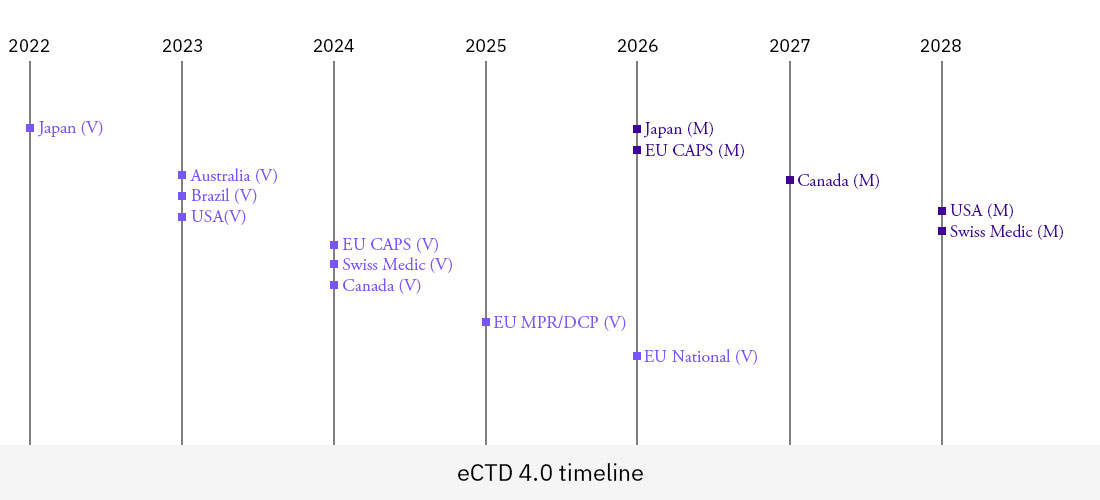2022 brought many healthcare advances and opportunities for life science professionals to stay up to date on the research, technologies, and processes that are driving change in how new medical treatments are developed and ultimately approved for worldwide use.
So here, in case you missed them, are the most sought-after articles, white papers, webinars, and more produced by Calyx scientific, technical, and regulatory experts this year. Each provides direction and perspective on optimizing and accelerating the clinical development and approval of medical treatments. We hope you find them as insightful and valuable to you now as they were the first time around.


























